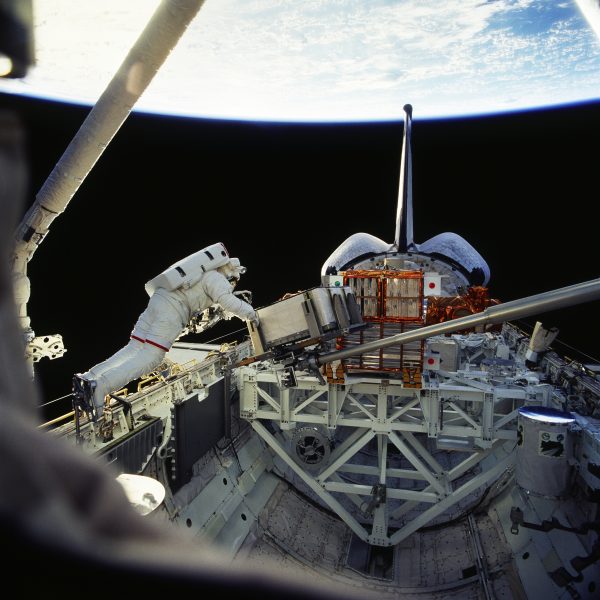

Each student is assigned to just one of them, and the six perspectives-three of them are relatively senior managers at NASA, and three of them are working engineers. But the multimedia case has all of the same data and more, and its distinctive value is that there are six different perspectives from which it can be read. We still use the paper case, especially sometimes if we're teaching abroad and it's just easier than the complexity of the multi-media case. We wanted to make sure it stood up to the test of teaching and it did.

There's a multimedia version of this and you teach it in both ways.ĪE: First we wrote the paper case. Clearly, we expected (and we were right) that it would not be a purely technical malfunction, that it would be an organizational malfunction, and that's what we wanted to understand.īK: How is this case different from others in terms of how students prepare? I know you have this as a paper case. So we were interested in whether this was different or the same. We were particularly interested in the fact that NASA had experienced a prior catastrophic failure in its shuttle program back in 1986 with the Challenger launch disaster. So we needed those data before we could do our work.īK: What inspired you to take on this particular topic?ĪE: We expected that it would be a very rich story, that the causes of the accident would be multiple, that they would not be simple, that there would be a rich organizational story behind it, and we were right. So I said, “Yes, let's do it.” Of course, we had to then wait for about six months before the official accident report was done by the Columbia accident investigation team. My colleague, Mike Roberto, came to me right after this terrible accident and said, “Let's write a case on it.” Now Mike and I had done several projects together and we both shared an interest in crisis and failure. This opens in a pretty dramatic fashion due to the nature of the subject.ĪE: It certainly does. Amy, welcome.Īmy Edmondson: Thank you, glad to be here.īK: I’ll start by asking you to set up the case. And perhaps you could add rocket science to that list after having written this case. Her areas of expertise include leadership, teams, innovation and organizational learning. Professor Edmondson teaches in the MBA and doctoral programs here, as well as the executive education program. Today we'll hear from Professor Amy Edmondson about her case entitled “Columbia's Final Mission.” I'm your host Brian Kenny and you're listening to Cold Call. On February 1, 2003, as its 28th mission neared an end, the Shuttle disintegrated upon re-entry into the earth’s atmosphere, killing all seven crew members. Over the next 22 years it completed 27 missions. Brian Kenny: The space shuttle Columbia launched for the first time on April 12th, 1981, the first flight of the space shuttle program.


 0 kommentar(er)
0 kommentar(er)
